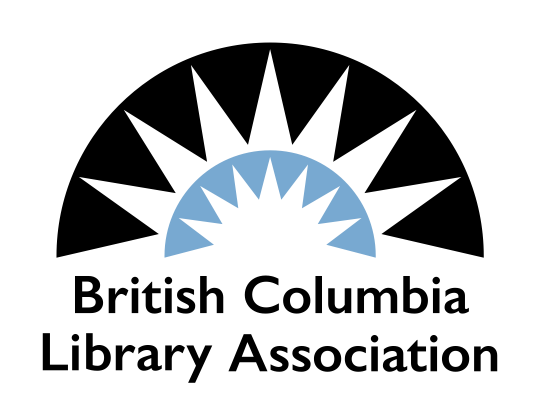Does your library have a web presence or provide access to electronic resources? Do you use digital software to deliver services? If so, it’s important that you learn about the Web Content Accessibility Guidelines. This article will help you get started.
The World Wide Web consortium (W3C) published standards for making web content usable by people with disabilities. These standards are called the Web Content Accessibility Guidelines (WCAG). WCAG 2.0 has been adopted or adapted by various governments and organizations around the world. In Ontario, the Accessibility for Ontarians with Disabilities Act (AODA) requires many public and private organizations to adopt WCAG 2.0. The WC3 recommended WCAG 2.1 as a new standard on June 5, 2018.
From an organizational perspective, one of the most important things you can do is have at least one person who is fluent in WCAG 2. This means they have read it carefully. Not skimmed it or relied on summaries, but actually read the primary source documents in detail and engaged with its structure and concepts. Reading WCAG is both difficult and easy, as it is filled with threshold concepts. This means some topics are counter-intuitive at first but after some study, they make sense.
For example, the WCAG 2’s concept of “accessibility supported” is fundamental to becoming fluent with these standards. Accessibility supported is one of the five requirements to being WCAG 2 conformant. A WCAG conformant web presence is not simply focused on the techniques of how an interface is built, it’s also compatible with the browsers and assistive technologies people with disabilities in your communities rely on to access your web content. Assistive technologies include screen readers, screen magnifiers, or buttons affixed to users wheelchairs. This involves engaging with your communities to understand what assistive technologies are being used. This is not an easy point to nail down because assistive technologies vary considerably. To get a sense of the wonderful complexity, read the section Levels of Assistive Technology Support Needed for ‘Accessibility Support’.
Another threshold concept arises because people have a tendency to over rely on automated evaluation tools to solve our problems. The “Understanding WCAG 2.0: A guide to understanding and implementing Web Content Accessibility Guidelines 2.0” states “while some of the testing can be automated using software evaluation programs, others require human testers for part or all of the test.” A classic example is of the alternative text that accompanies an HTML image. It’s not enough for some alternative text to be present. The requirement is that “All non-text content that is presented to the user has a text alternative that serves the equivalent purpose” (emphasis added). Determining that the text is equivalent to the image in its context means that someone has to compare both image and the alternative text.
I’m constantly reading and learning. I also realize that learning involves making mistakes and acknowledging I don’t know something.
So what’s a practical step for moving forward? My suggestion is to form a WCAG reading group to carefully study the official document (e.g., WCAG 2.0) and the official supporting documents. I have formed a WCAG study group through the Canadian Association of Professional Academic Librarians. We host monthly meetings that focus on WCAG, have enrichment discussions on related subjects, and recently hosted a public service webinar by WCAG 2.0 co-editor Gregg Vanderheiden for Global Accessibility Awareness Day. Members also went on WCAG road trip to Toronto and met at the Accessibility Conference at the University of Guelph.
I also hosted a WCAG 2 summer reading camp for members of the Ontario Council of University Libraries, and I’ve formed an international correspondence group to get broader perspectives on WCAG. My hope is to help people feel more comfortable reading and discussing the official documents.
Through these activities, people have indicated they would like to be part of a WCAG learning network. If you would like join a reading group, start one, or contribute to the broader WCAG learning network, please email me at [email protected].
Ultimately, I think WCAG is about helping organizations create a web that treats people with disabilities with dignity. Organizations that can’t do this have a problem, a disability if you will. In this regard, the Web Content Accessibility Guidelines is an assistive technology that organizations should invest in learning.
—
Mark Weiler is the Web and User Experience Librarian at Wilfrid Laurier University. He is a certified Web Accessibility Specialist through the International Association of the Accessibility Professionals (IAAP) and a member of the IAAP’s Organizational Development Committee. He completed his MLIS at the University of Western Ontario. Mark has given testimony to the House of Commons Standing Committee on Access to Information, Privacy, and Ethics. He completed his PhD from Simon Fraser University and served on the Board of Directors for the BC Freedom of Information and Privacy Association.

